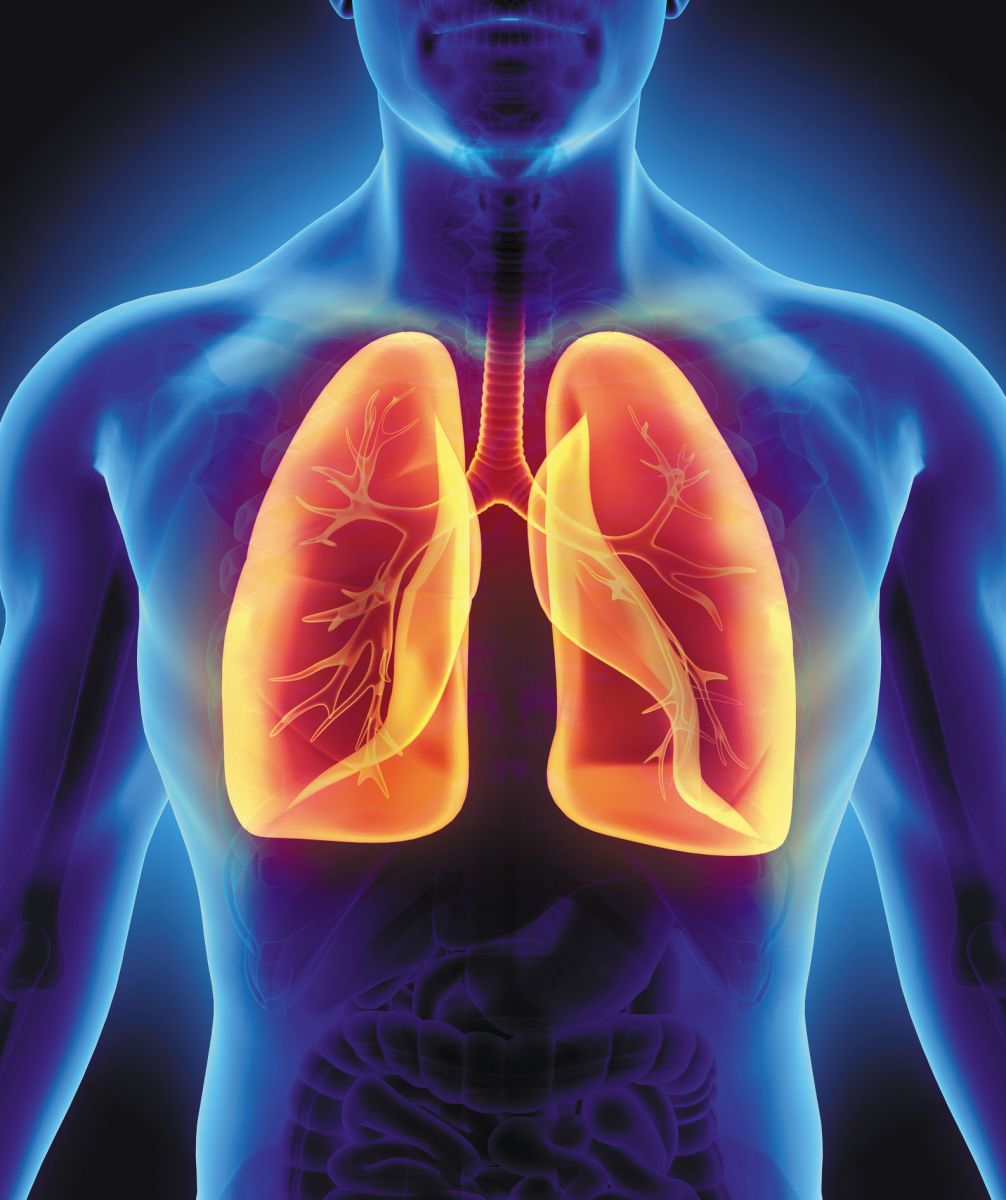 2) High altitude environments cause humans to exhibit some short term adaptations in response to the low amount of oxygen. The first of these adaptations is inefficient, yet it is a quick response to a change in environment with low oxygen. When humans reach an altitude, their bodies respond by an increased heart rate and breathing, resulting in an increase in pulse rate and blood pressure, which is the heart's attempt to pump more oxygen into our bodies. Next, acclimatization occurs, which is the addition of more blood cells and capillaries, increase in size of the lungs to facilitate oxygen, and increase of vascular network of muscles which enhances the transfer of gases. Of course, these adaptations are only temporary, and once the stress of high altitude and low oxygen is no longer present, the body returns back to a normal, no-stress functionality.
2) High altitude environments cause humans to exhibit some short term adaptations in response to the low amount of oxygen. The first of these adaptations is inefficient, yet it is a quick response to a change in environment with low oxygen. When humans reach an altitude, their bodies respond by an increased heart rate and breathing, resulting in an increase in pulse rate and blood pressure, which is the heart's attempt to pump more oxygen into our bodies. Next, acclimatization occurs, which is the addition of more blood cells and capillaries, increase in size of the lungs to facilitate oxygen, and increase of vascular network of muscles which enhances the transfer of gases. Of course, these adaptations are only temporary, and once the stress of high altitude and low oxygen is no longer present, the body returns back to a normal, no-stress functionality.
3) The benefits of studying the human variation from this perspective across environmental clines are using the research as a tool to show who can survive at high altitudes, and who may come down with altitude sickness. This research is also useful when determining how humans can survive in these environments or showing us that humans can not stay in these environments for prolonged periods of time (the latter being the case for living in high altitudes). One way this research can be used in a productive way is to warn others of the possible dangers of climbing to elevated altitudes, and even preventing those who could possibly be in danger in these environments. Mostly the research on adaptations can show us how humans react to different situations and environments, leaving no room for unpredictability.
4) There is not exactly a way to use race to explain the miraculous adaptations humans undergo when presented in a high altitude environment. This is most likely due to the fact that the adaptations presented above do not particularly happen in a select majority of races, but rather all humans show these adaptations. However, a better way to understand human variation is to look at the environmental influences on adaptations, such as the Tibetan or Nepalese who have been living in high altitudes for generations. Because of the influence of their environment, this group of people have adapted as shown in their features such as an increased blood flow near the surface of the skin, resulting in a red color. This is not an observation of race, instead it is a look at how the environment around this particular race has influenced adaptations within a population.



